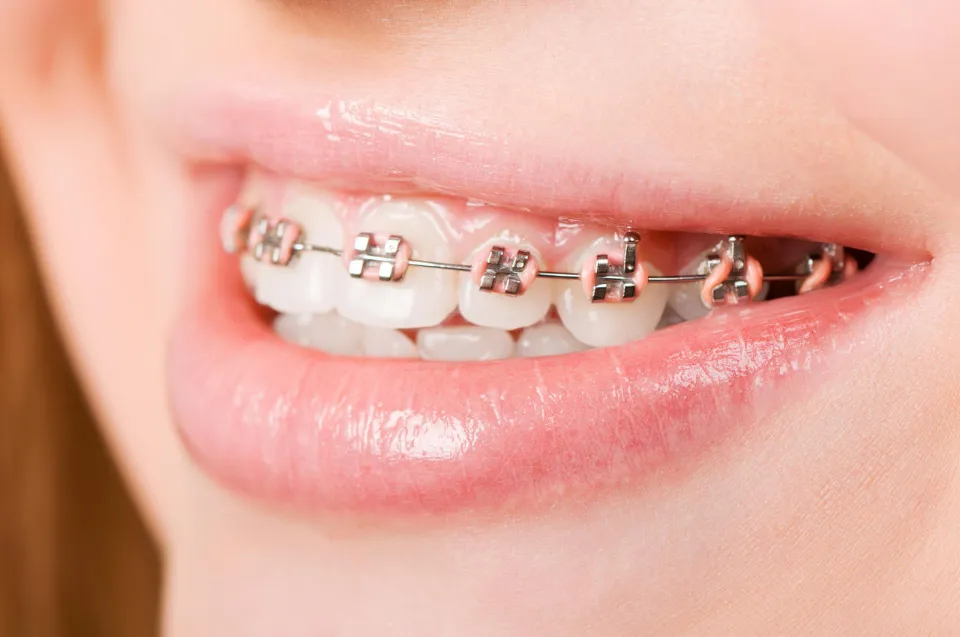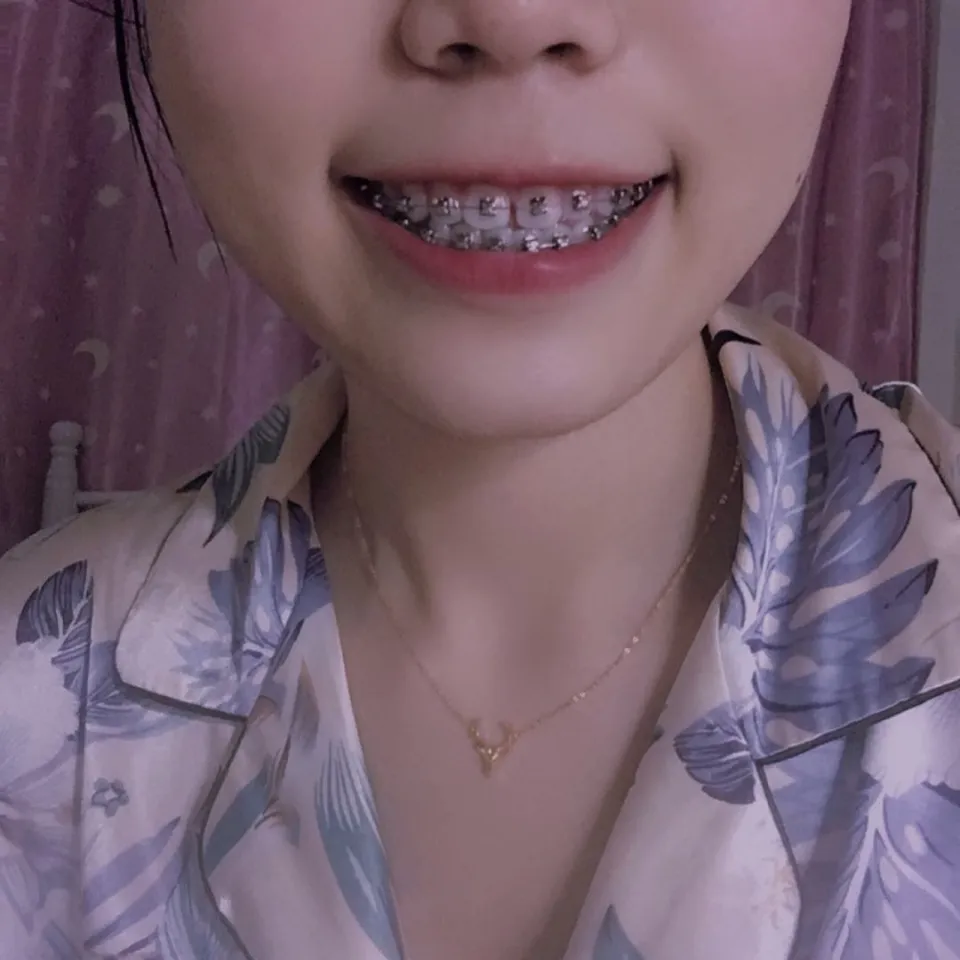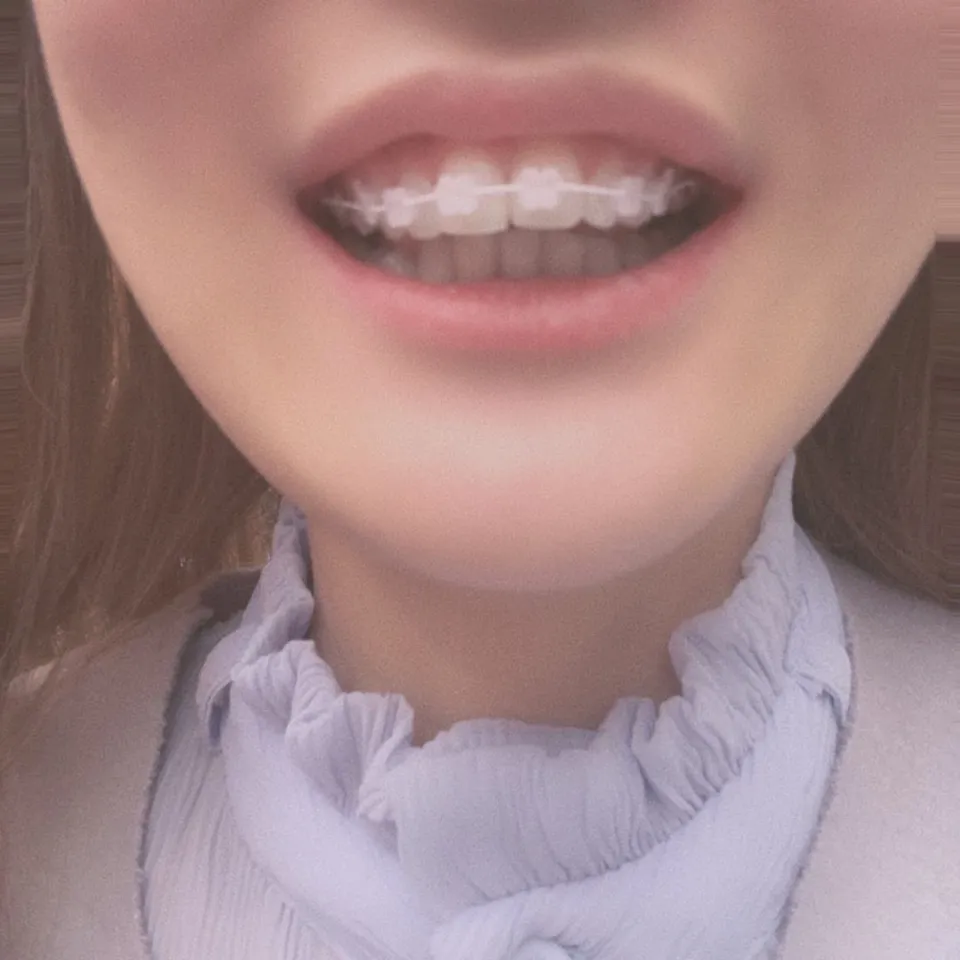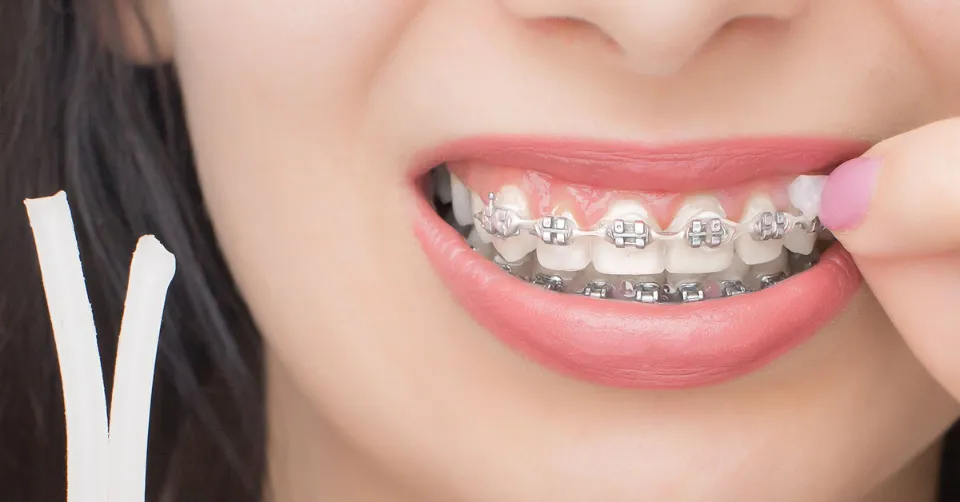
How To Use Wax For Braces – How Long Should You Leave Wax
They will initially feel a little strange after we have fitted your braces. It will take a few days to get used to either fixed braces or clear aligners.
Before visiting your orthodontist, you can use brace wax as a temporary mouth sore treatment. The barrier between your braces and mouth will be made with dental wax.
You can get relief from soreness and pain by wearing braces by using wax. Orthodontic wax and dental wax are other names for braces wax.
What is Dental Wax for Braces?

Dental wax, also known as braces wax, is a non-toxic variety of wax typically made from organic materials like beeswax, carnauba wax, or paraffin. Despite the fact that some braces waxes are available in various flavors, they are typically tasteless. Dental wax is created to easily mold and adhere to your braces. It offers a smooth surface that minimizes or eliminates any irritation that your braces might be causing.
Your mouth’s interior will eventually grow accustomed to your braces and experience less irritation. You can use your dental wax whenever you need to until then.
(Read More: How Long Can You Go With A Loose Bracket)
Why Braces Wax?
You will adore this product if you are still getting used to wearing braces. At the beginning of the treatment, dental wax makes the braces flexible and comfortable for you. When braces wax is applied, it encloses the piercing corners of the braces and ties up any protruding parts. The layer that the orthodontic wax creates is what separates your braces from your teeth. Until you can see your orthodontist, it can be used as a short-term remedy for mouth sores.
Both its installation and removal are simple processes. Because of this, dental wax is the perfect product for both adults and children to use to care for their braces. And to top it all off, dental wax is available at a very low price.
How Does Dental Wax Provide Relief?

Metal or clear ceramic brackets that hold metal wires that cross the front of the teeth are used in orthodontic braces. The outside of your teeth, all the way to your back teeth, are covered by clear aligners that are individually made to fit your teeth. It can occasionally irritate the soft tissue inside the mouth when the brackets, the end of the wires, or the edge of the aligners rub against it.
Early in your treatment, your tongue and cheeks are particularly sensitive because they haven’t quite gotten used to the contact of the new things in your mouth. Dental wax can offer some relief while these areas become more resilient. If necessary, you can cover a problematic bracket, wire end, or area of the aligner to help prevent injuries to your lips, tongue, and cheeks.
The dental wax forms a smooth barrier that protects your mouth from any rough or sharp edges that are causing you discomfort.
When Should You Use Wax?
If a section of your brace starts to rub the inside of your mouth, apply some wax before it becomes painful.
The archwire we use to move your teeth can occasionally shift slightly and stick out. If it bothers your cheeks, use wax to stop it. If we need to brace, get in touch with us for advice.
You can use a piece of wax to hold a bracket or wire in place if it becomes loose until we can fix it.
Even after your braces are removed, orthodontic wax may come in handy. Wax can be used to cover any sharp edges temporarily if your fixed retainer breaks.
Most of the time, the aligners don’t cause any problems for our Invisalign patients. But occasionally, an aligner’s edge can feel a little rough.
If this occurs, you can either dab a tiny bit of wax along the aligner’s edge or very carefully smooth the aligner with an emery board.
How to Put on Wax on Braces?

- Maintain proper oral hygiene and wash your hands. By doing this, bacterial infections will be avoided.
- To prepare for applying braces wax, dry your braces. If necessary, use a tissue.
- Find the painful spots where the braces’ wires protrude into your inner cheeks and lips.
- Make a rollout of a small amount of wax. Warm up the wax by doing this for a minimum of five seconds. Usually, the roll or ball that resembles a popcorn kernel is sufficient. A lot of wax should be avoided.
- The painful area should be covered with a tiny wax ball. Rub it gently, then apply the wax to troublesome brackets or wires to create a barrier.
- Observe the healing process of dental wax. Also take pleasure in a pain-free braces experience.
Conclusion
When you need to straighten or align your teeth, braces are a great investment. However, until you get used to them, they can cause significant discomfort. During your journey with braces, brace wax will assist you in finding comfort.
Before using it, remember that it is only a short-term fix for the discomfort caused by your braces. As a good preventative measure, you should always consult your orthodontist before.
FAQs
How Long Should You Leave Wax on Your Braces?
Don’t leave the wax out for more than two days, and don’t use the same wax more than once. If you choose to eat with the wax still on, be sure to replace it with fresh wax.
Can I Eat With Wax on My Braces?
The wax may stick to your food, making it a little challenging to eat with it on. Before you eat, you can take it off, but if you do decide to keep it on, make sure to replace any soiled wax. Having leftover food stuck to your teeth wouldn’t be good for your smile.
How Do You Apply Wax After Braces?
You can sleep soundly and wake up feeling rested because the wax acts as a cozy barrier between your braces and your mouth while you’re asleep. You don’t need to be concerned about ingesting any wax while you sleep. Like carnauba wax, beeswax, or paraffin wax, most brands only use non-toxic, natural materials.





Average Rating